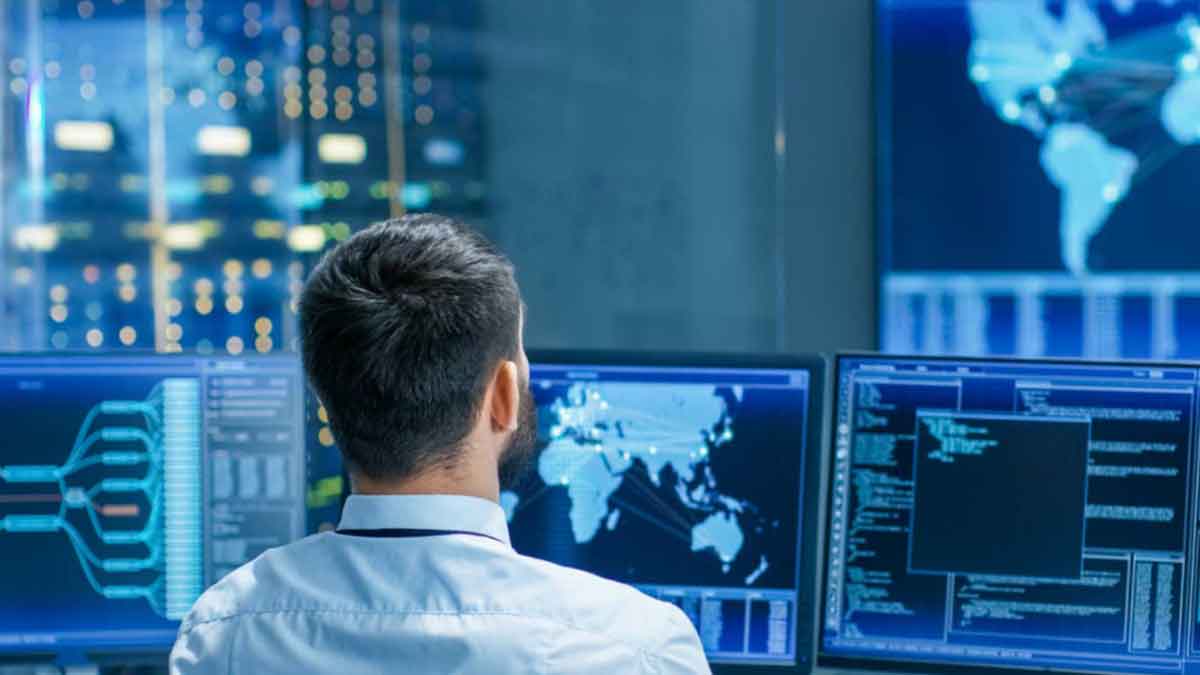Control rooms serve as the nerve centers for many operations, from public safety to corporate environments. However, not every control room is created equally, and the specific technology that you will need in your control room varies depending on your needs. We can help narrow down a few things you’ll need in your control room independent of your niche requirements. Whether it’s for a real-time command center (RTCC), a network operations center, or a security operation center, you’ll find this technology.
But first, let’s set the scene.
What is a Control Room?
A control room, sometimes referred to as an operation center, in its most general sense, is a centralized location where a group of experts monitor, manage, and control operations of a particular environment or system. This environment can vary widely, from banks and other financial institutions, transportation networks, and factories, to security operations, and space missions. The primary purpose of a control room is to ensure that operations run smoothly, efficiently, and safely, often around the clock.
Control rooms are found across many different industries – from public safety agencies and police departments to security enterprises and government entities. As varied as these industries are, they share common requirements, so it’s only natural that they share common technology.
Are Control Rooms New?
You may have heard the name a lot more lately, but control rooms are not an invention of the 21st century, early control rooms were found within factories and production facilities in the early 20th century. During this era, control rooms were designed to improve the efficiency of your production. These control rooms allowed the central monitoring of assembly lines and were found to greatly improve reliability and production levels.
Control rooms, as with any innovation, evolved to meet changing demands and incorporate advancements in technology. Today’s technology now enables operators to interact with their data, get quicker response times and better situational awareness.
Control Room Technology Today
When choosing the right infrastructure, layout, and technology for your control room, there are several steps to go through. But we can simplify some of the planning by walking you through the common technology that you’ll find in every control room. Here’s what you’ll find:
Video Walls
Video walls are an increasingly popular technology used in control rooms, public spaces, retail environments, and corporate settings to display large-scale visual content. These setups consist of multiple screens, monitors, or LED panels arranged together to form a single, large display surface.
Video walls give control room users:
- Increased Visibility and Impact: Compared to traditional single-display solutions, they cover a larger area, making them ideal for content to be visible from a distance or to a larger audience.
- Flexibility and Scalability: Video walls allow various configurations and sizes to fit specific needs or spaces. They can be customized to display a large image across all screens, separate images on each screen, or a combination.
Video walls represent a powerful tool for communication and display, offering unparalleled visibility, flexibility, and impact. The complexity of managing multiple displays demands specialized video wall solutions, which provide the necessary hardware, software, and expertise to maximize the potential of these advanced systems.
Video Wall Processors
A video wall processor, like the Haivision Alpha FX, manages and displays the content across multiple screens that make up a video wall. The processor captures input signals from various sources, such as computers, cameras, broadcast feeds, and other digital inputs, and then processes these signals to display them across the video wall.
You need a video wall processor to manage multiple input signals, converting them into a format suitable for your video wall. This involves scaling, transforming, and distributing the content of your choice across the wall. The processor needs to support how you want your content displayed (whether stretched to fit across all screens or onto a single screen), but also it needs to ensure that the content maintains high quality, regardless of the resolution of the original source.
Video wall processors can handle real-time processing with minimal latency, ensuring that live feeds and interactive content are displayed seamlessly, which is critical for control rooms monitoring live operations like real-time crime centers (RTCCs), Emergency Operation Centers (EOCs), and real-time information centers (RTICs).
Video Wall Management Software
Control rooms often need to monitor and display a vast amount of data and video feeds simultaneously. Video wall software, like Haivision Command 360, allows for the efficient management of this information, ensuring that operators can quickly and easily control what is displayed on the screens.
When looking for the right software for your control room, you need to factor in how intuitive the interface is for controlling what appears on your video wall. It needs to allow operators to easily select, place, and scale any input sources across the entire display area, as well as easily minimize it to a small section when it’s no longer the focal point. This simplifies the management of complex information and video feeds, making it accessible even to those with minimal technical expertise.
Prepare Your Control Room for Future Challenges
As we look to the future, the integration of these technologies in control rooms will continue to be a vital aspect of operational success. The ability to monitor, manage, and respond to information in real-time is not just a benefit but a necessity in our fast-paced and increasingly complex world. Whether you’re establishing a new control room or upgrading an existing one, understanding and implementing these fundamental technologies will ensure your operations are as effective, secure, and optimized as possible.
In the end, not every control room will look the same, nor will they all require the same setup. Yet, by focusing on these key components — video walls, video wall processors, and management software — you can create a control room that meets the unique demands of your operation, ensuring readiness and resilience for whatever challenges may come your way.

